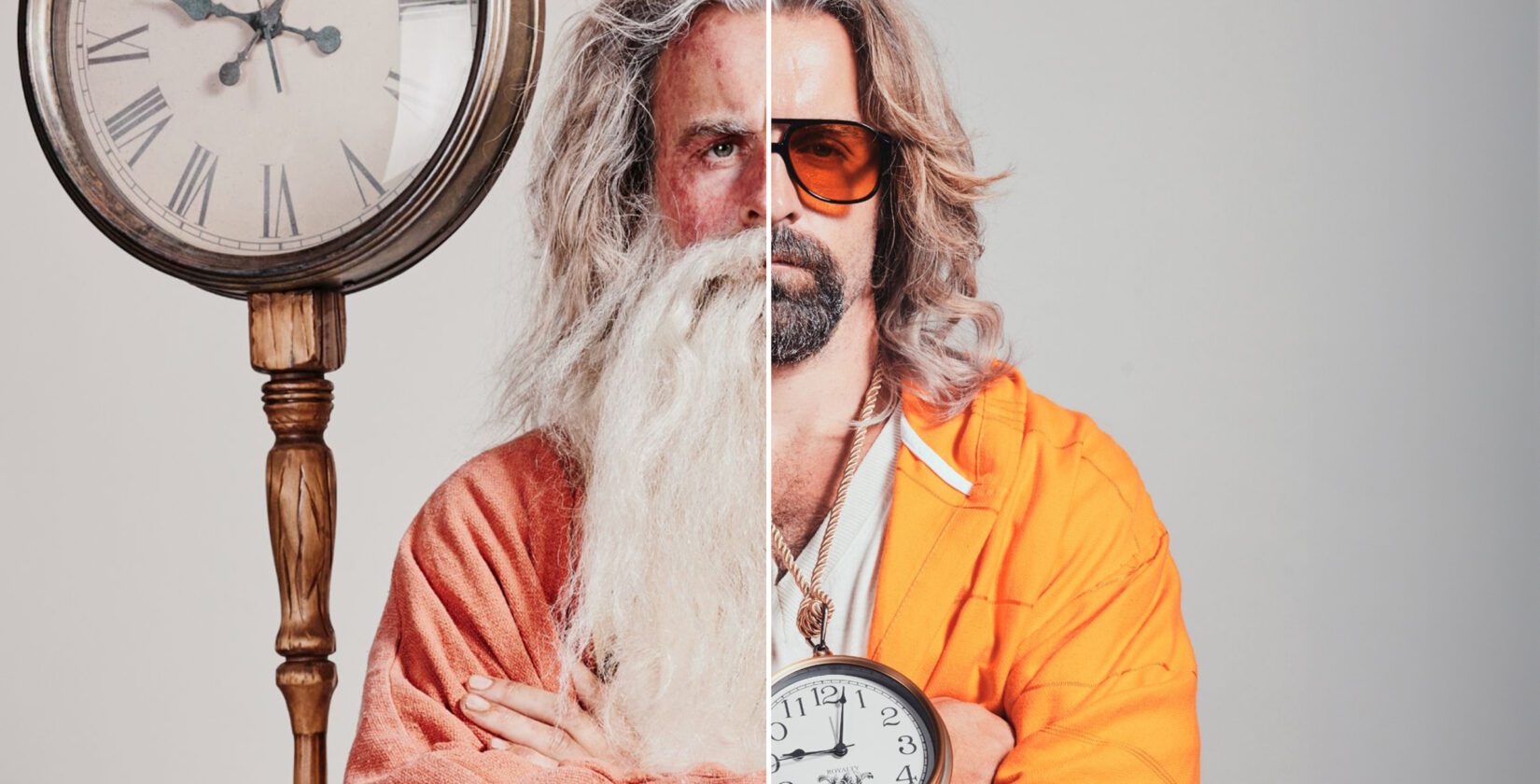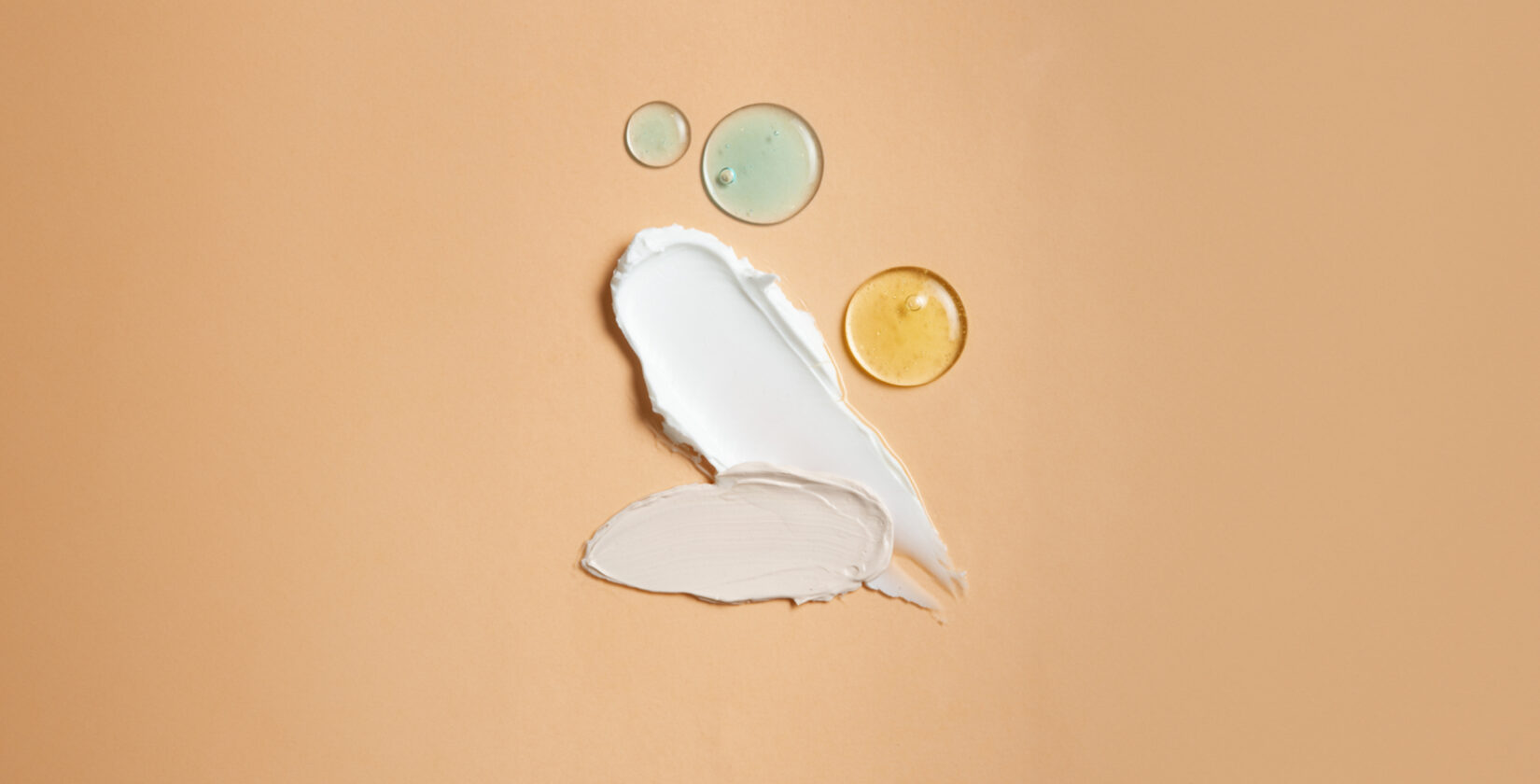WHAT WE DO
You’re in the business of transformation. So are we. Moontide is a fully-integrated, full service agency with deep category experience and a data-driven approach that specializes in aesthetics and med tech brands.

We challenged category norms to make self-care a norm for everyone.
Campaign CREATIVE
BRANDING
INTEGRATED MEDIA
Site Design & DEVELOPMENT
Organic Social Content
MARKETING AUTOMATION & CRM
Marketing Collateral

We dared our audience to “Demand Better.” They responded with a 360% increase in web traffic.
Campaign CREATIVE
BRANDING
INTEGRATED MEDIA
Site Design & DEVELOPMENT
influencer marketing
MARKETING AUTOMATION & CRM
Marketing Collateral

We invigorated a younger demographic and improved campaign CPA by 91%.
Campaign CREATIVE
BRANDING
INTEGRATED MEDIA
Site Design & DEVELOPMENT
MARKETING AUTOMATION & CRM
Marketing Collateral
Glowing Client Reviews
How we can help you outshine the competition:
Media
Maximize your reach and ROI with highly nuanced media strategies that cut through the saturated aesthetics market and hit the mark every time.
Creative
Breakthrough category “sameness” with visuals and narratives that resonate with your customers in fresh, new ways.
Content Strategy
Engage your audience with rich content that nurtures conversions while establishing trust, authority, and relevancy in the aesthetics and med tech space.
Technology & Data
Gain a competitive edge with technology solutions and data analytics dashboards custom built for your organization and goals.
AI Integration
Harness the power of artificial intelligence to supercharge your marketing with AI-driven insights, automations, and optimizations.
Customer Journey Mapping
Turn prospects into conversions with thoughtful and thorough customer journeys that consider every possible touchpoint.
Customer Experience
Build trust and loyalty with exceptional customer service experiences explicitly designed to cater to the unique needs of aesthetics clients.
Brand Building
Artfully craft a brand that resonates with your audience, represents your unique vision, and stands out in the market.
Let’s talk.
Contact us to discuss how our tailored solutions can grow your business.
Aesthetics & Med Tech Articles





